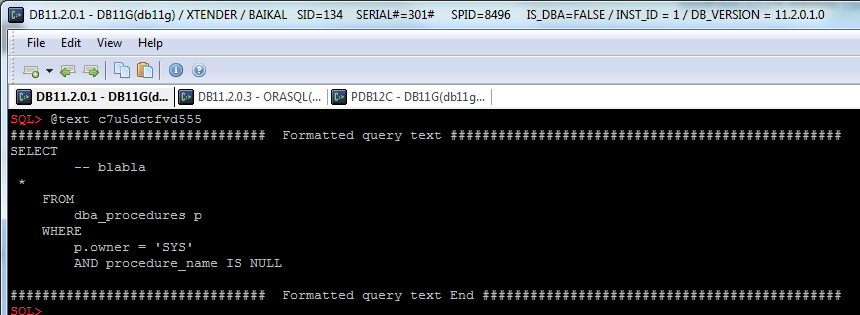Valid funny queries 🙂
select the join from join join join using(the,some)
/
select some join from left join join right using(some,the)
/
select 1 join from join join join join join using(the) on 1=1
/
select the some from join
where the=some( the(select some from join)
,the(select the from join)
)
/
[sourcecode language=”sql”]
create table join as select 1 some,1 the from dual;
create table left as select 1 some,1 the from dual;
create table right as select 1 some,1 the from dual;
[/sourcecode]
Little addition 🙂
update two tables set join=2; select join from two tables; select first, second, random from two tables join three tables on 1=1;
Another one 🙂
select first
, case when the=some(some,some) then join end true
from two tables join three tables using(random);
….
and…
select random columns from two tables join four tables on the=some(some,some);


